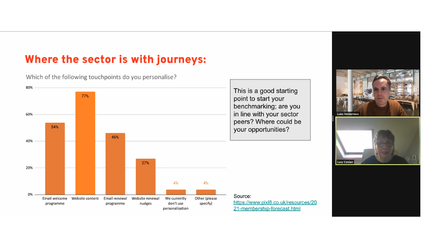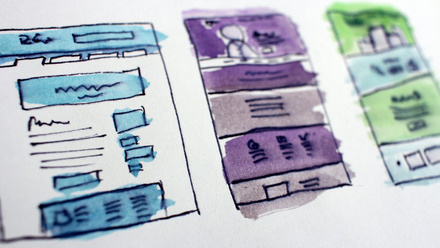The benefits of user testing your website
At Pixl8 we advocate testing information architecture, user journeys and designs with real users.
User acceptance testing is too late
When our clients are testing the websites that we deliver, we call this phase of the project UAT (User Acceptance Testing). However, there are usually no real users from the wild involved in interacting with the website at this late stage in the project.
UAT is usually performed by organisations to confirm that what was agreed has been built successfully and can be signed off according to requirements. But what about making sure that the website works as users in the real world would expect?
Do your UX research first
Hopefully you will already have been involving some users in the UX research during the project, and it will come to the point where ideas have been worked up into clickable prototypes. Ideas have been presented to you and to any third party vendors, such as CRM providers, to make sure data matches up with design. Designs are then verified but only within the nucleus of your organisation and its partners. You may even have shared the prototype with your board members. But so what? A user will not care if what they interact with in the real world was given a round of applause in the boardroom if it’s going to make their daily life more difficult than it needs to be.
What will you find out?
‘Usability testing’, or ‘user testing’ is the way to make sure the website works in reality for your audiences in their natural habitat. We advocate testing early and testing again. You may start to think that this will incur some cost to your project and it will, but if UX research has been done up front and we already have a strong idea of what your users want to achieve on the website, there will be fewer surprises than you might think.
Valuable observations about content, meaningful copy, positioning of design elements on the screen or restrictions about the user’s environment that may lead to design changes will become apparent but seldom will the user react with ‘I just hate it!’ If they are shown developed, clear user journeys informed by research and data the output from the test will be more helpful than harmful to your budget and timings.
Talking to users in their natural habitat
We offer usability testing via video conferencing to save costs of hiring a UX lab and achieve similar results without the level of formality and control that a lab offers.
One of the obvious bonuses of testing from a remote location is that both UX practitioner, client and user can join a video conference from wherever they are at the time. Recruitment is always a challenge and taking away the inconvenience of travel keeps users interested.
When the video conference starts, you’ll be able to see for yourself where the user will be sitting in their usual environment, giving context to what they do and say.
The budget required to complete the tests will be minimal. The only significant cost is the human resource that is required to observe the testing sessions and potentially a small incentive for each of the users.
You don’t need users to test absolutely everything
If you’re developing a large scale website it may not be practical to test every template and interaction. The secret weapon we have at Pixl8 is that we have already tested many user journeys on similar projects. While we wouldn’t advocate copying designs from somewhere else, in some instances we can recommend similar usable designs that solve problems we’ve previously encountered.






